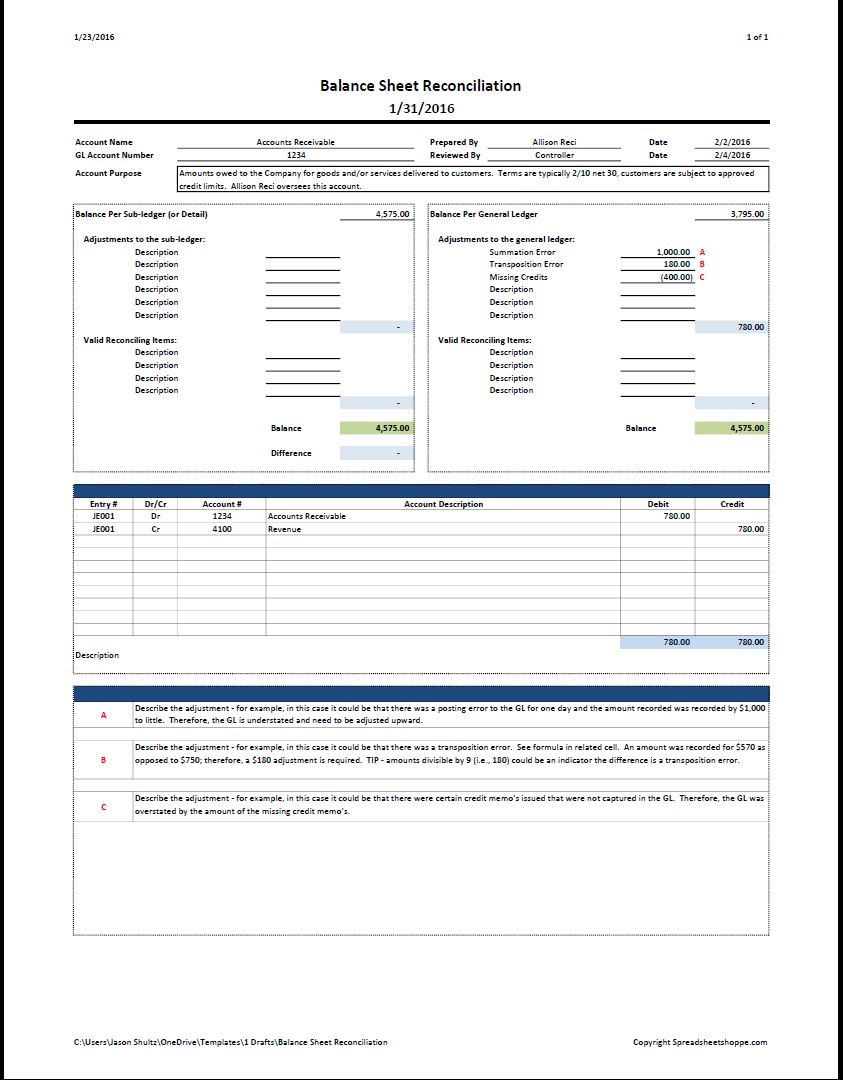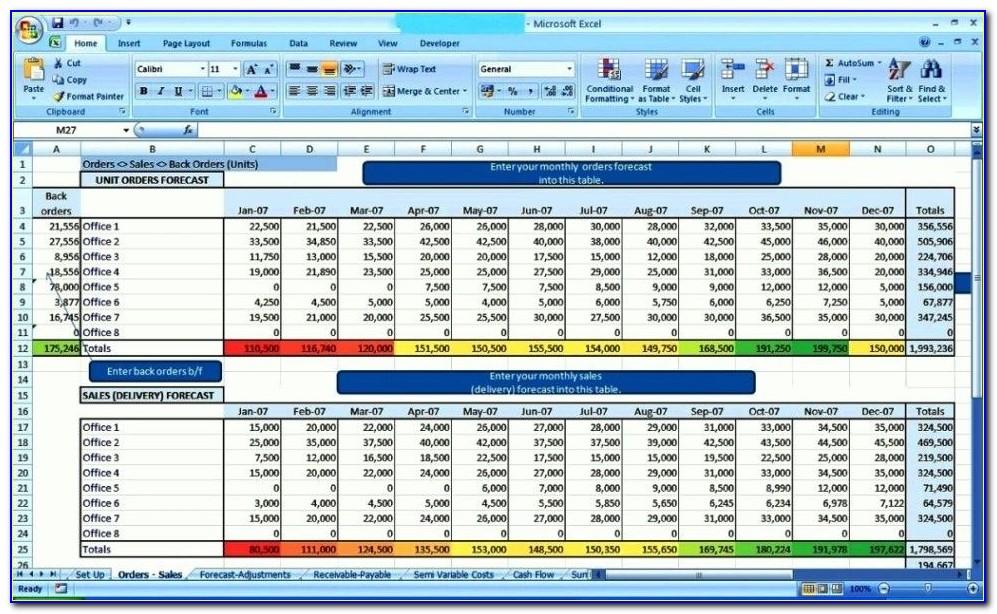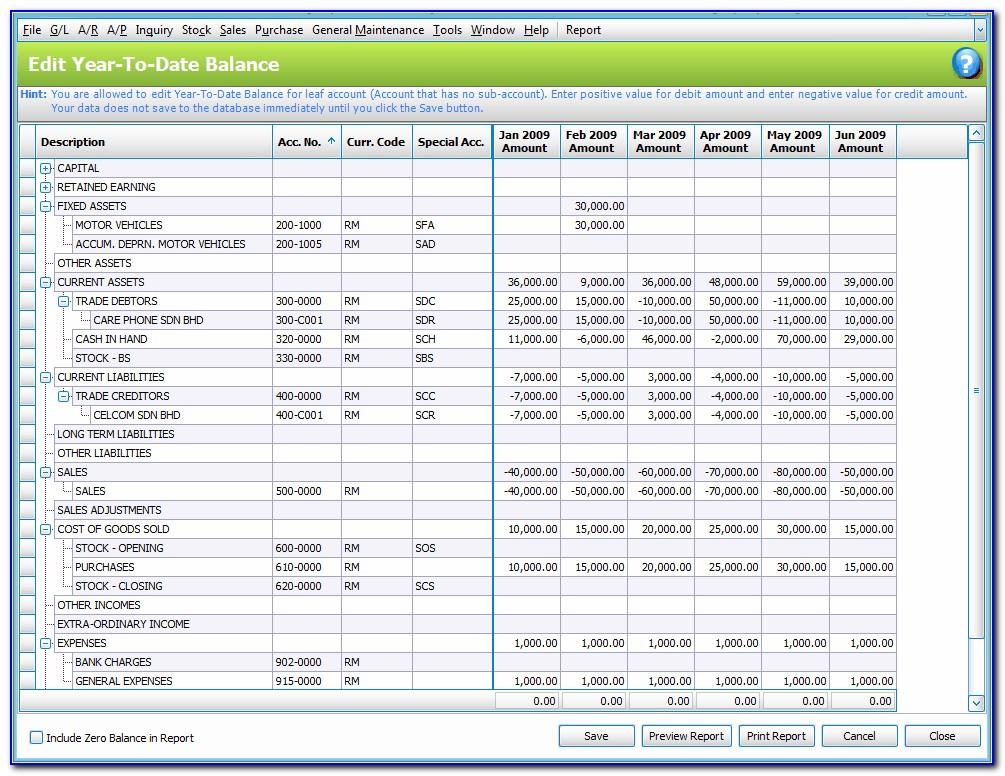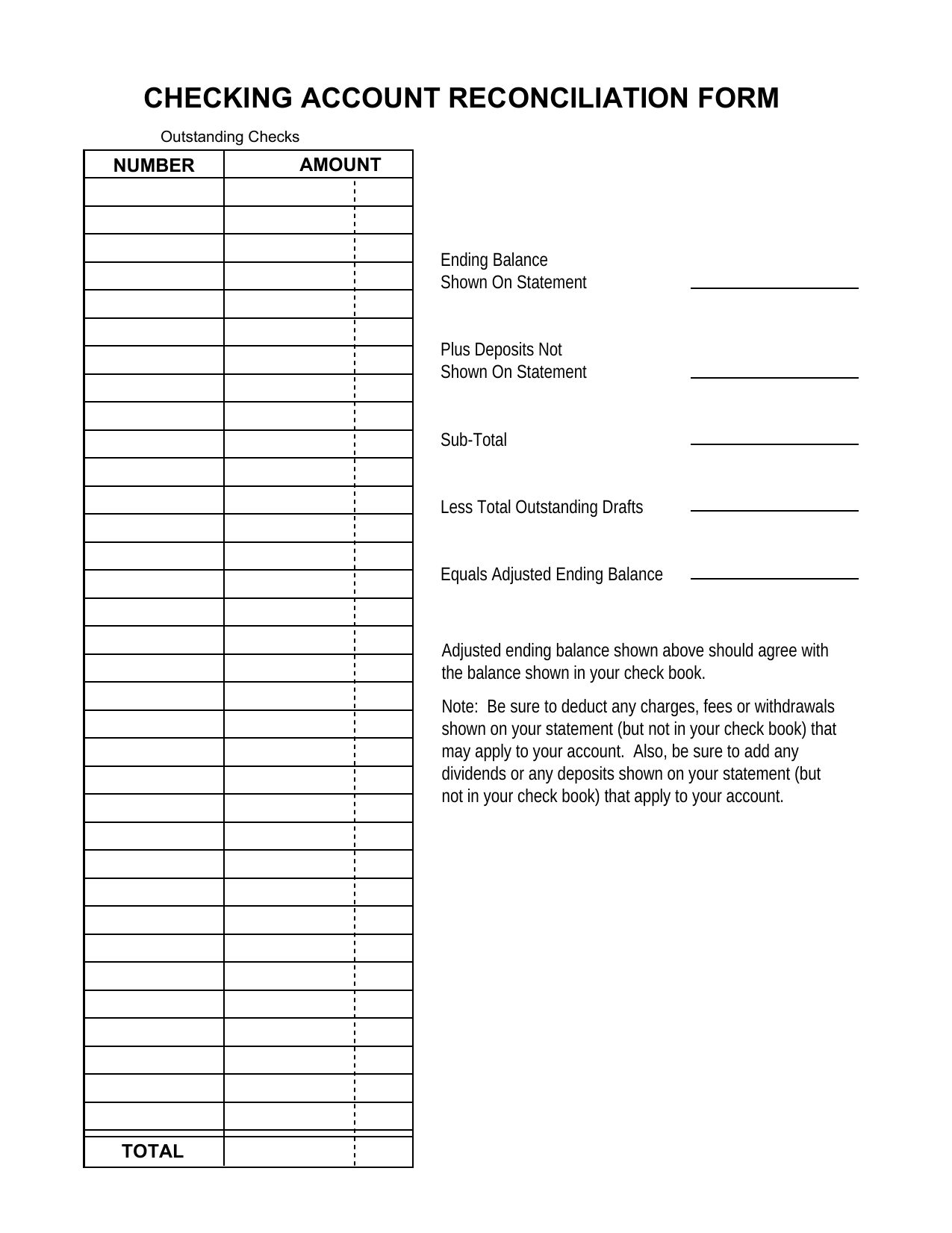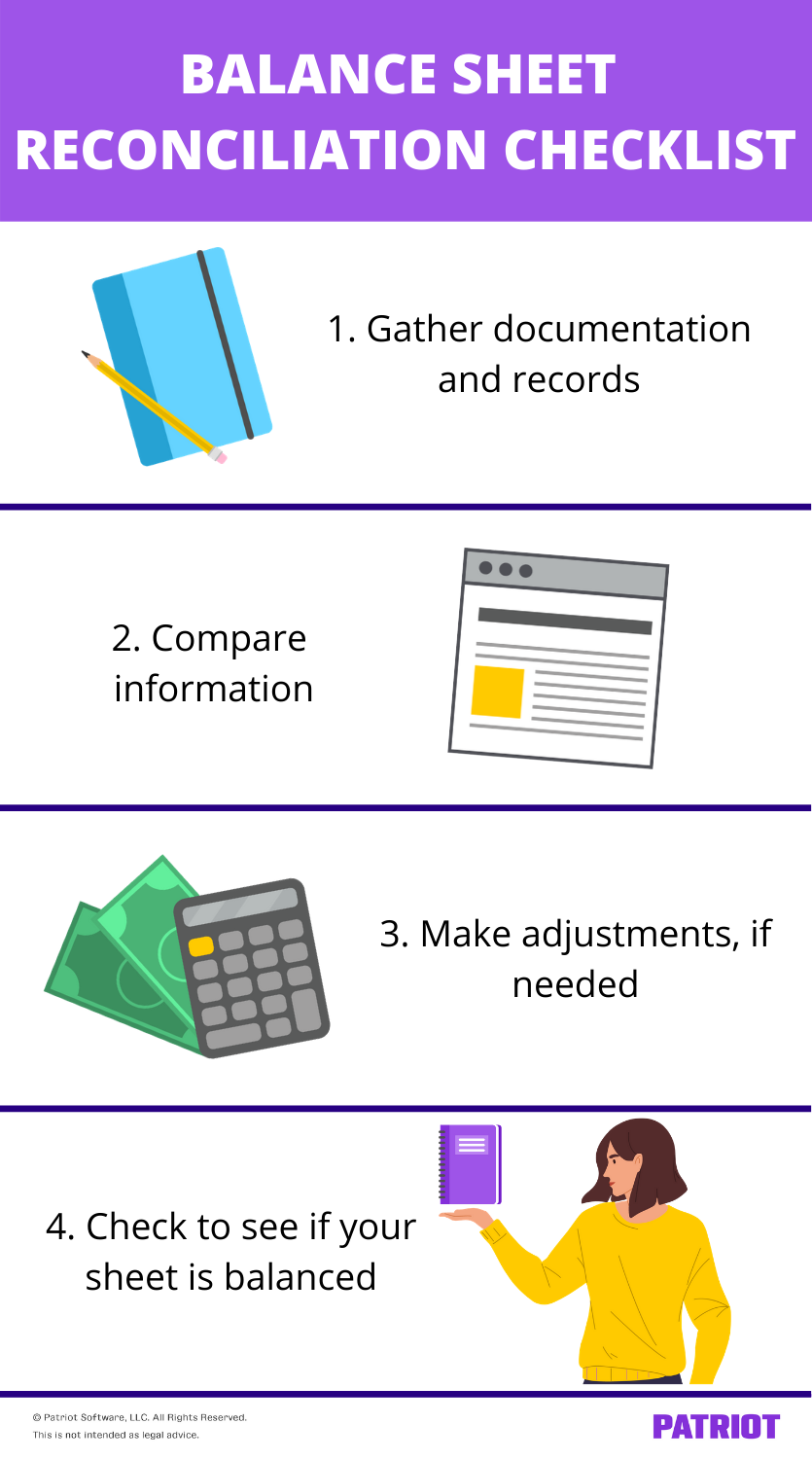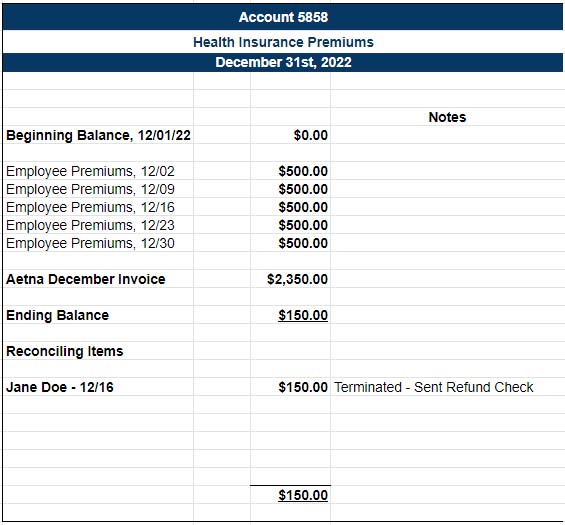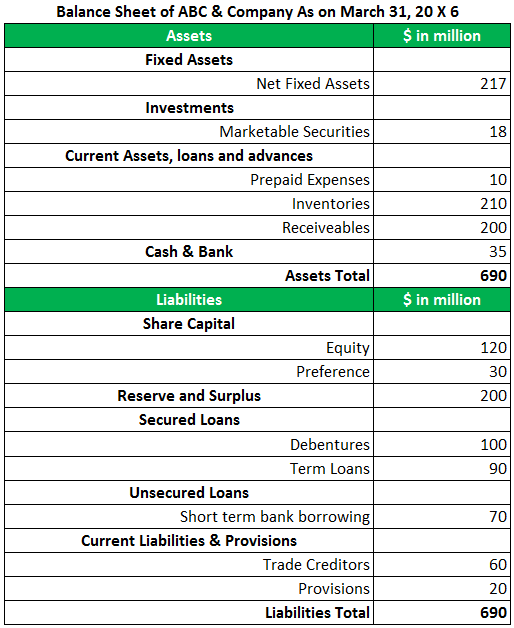Stunning Tips About Balance Sheet Reconciliation Meaning
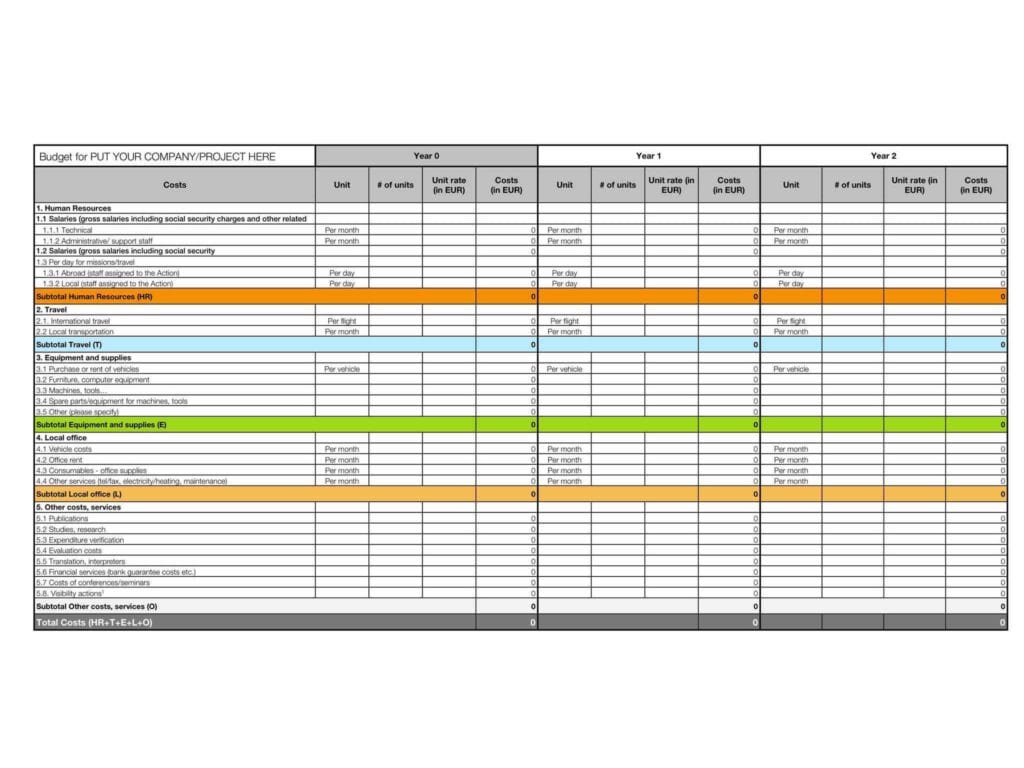
Reconciliation is the process of comparing the transactions on a balance sheet to secondary documentation.
Balance sheet reconciliation meaning. What is balance sheet reconciliation? Balance sheet reconciliation, in its essence, is the meticulous process of aligning a company’s financial records with its actual financial position. Reconciliation also confirms that accounts in a general.
Account reconciliation is a primary internal control that maintains the accuracy of a company's general ledger (gl) and detects fraud. What is a balance sheet reconciliation? An increase in the value of assets is a debit to the account, and a decrease is a credit.
This secondary documentation can include anything from a bank statement to a spreadsheet and invoices. A balance sheet reconciliation is the process of verifying the balances reflected on the balance sheet against supporting documentation. On a balance sheet or in a ledger, assets equal liabilities plus shareholders' equity.
Before the closing process can typically begin, the information in the general ledger is verified against some type of supporting schedule or document. Balance sheet reconciliation explained. It involves comparing the balances in the balance sheet with the general ledger and supporting documents such as bank statements, credit card statements, and invoices.
Reconciliation is an accounting process that ensures that the actual amount of money spent matches the amount shown leaving an account at the end of a fiscal period. Accountants must reconcile credit card transactions, accounts payable, accounts receivable, payroll, fixed assets, subscriptions, deferred accounts, and other. Balance sheet reconciliations are simply a comparison of the amounts that appear on your balance sheet general ledger accounts to the details that make up those balances, while also ensuring that any differences between the two.
Account reconciliation is the process of matching internal accounting records to ensure they line up with a company’s bank statements. Balance sheet reconciliation is simply a process that ensures the accuracy of a company’s financial statements. Balance sheet reconciliation is the practice of examining and analyzing the figures in different accounts presented on a company’s balance sheet.
A balance sheet account balance reconciliation is the comparison of one or more asset or liability balances on the statement of financial position (also known as the “balance sheet”) to another source of financial data, such as a bank statement, a subledger or another system. Account reconciliation is a critical step and key control for finance and accounting. Reconciliation is an accounting procedure that compares two sets of records to check that the figures are correct and in agreement.
Reconciling your balance sheet lets you verify that all of your entries are recorded and classified. The purpose is to confirm the accuracy of these balances and ensure they provide an authentic representation of the company’s financial status. Why is balance sheet reconciliation important in a financial close?
The following sortable table defines the roles and responsibilities of the people involved in the balance sheet account balance reconciliation and attestation process at stanford. This can help spot discrepancies before they affect other processes, eliminate errors, and even prevent fraud. Bank reconciliation is the most common type of account reconciliation, but all gl accounts can benefit, especially assets, liabilities and equity accounts.
The answer is with balance sheet reconciliations. This process ensures that all accounts are documented properly before filing every financial year. What is balance sheet reconciliation?
